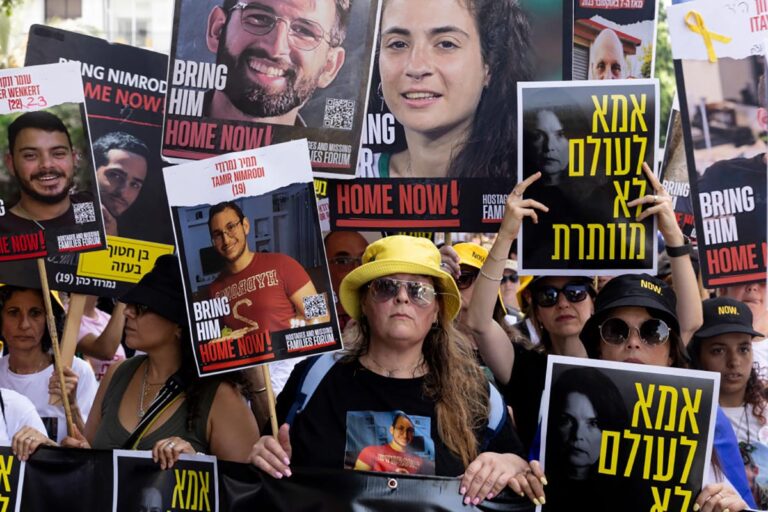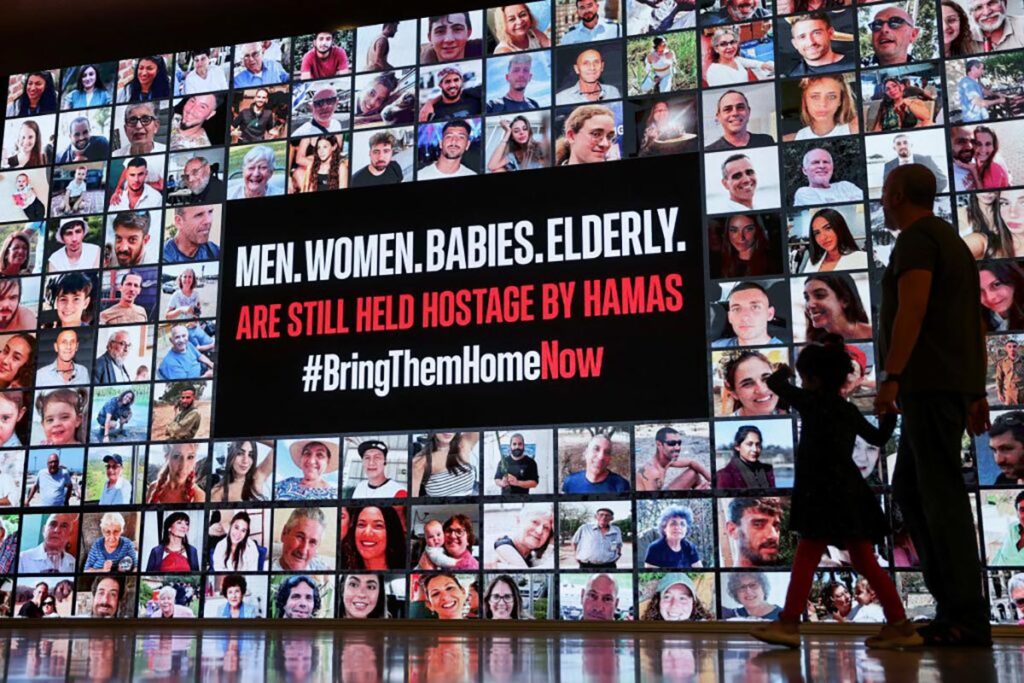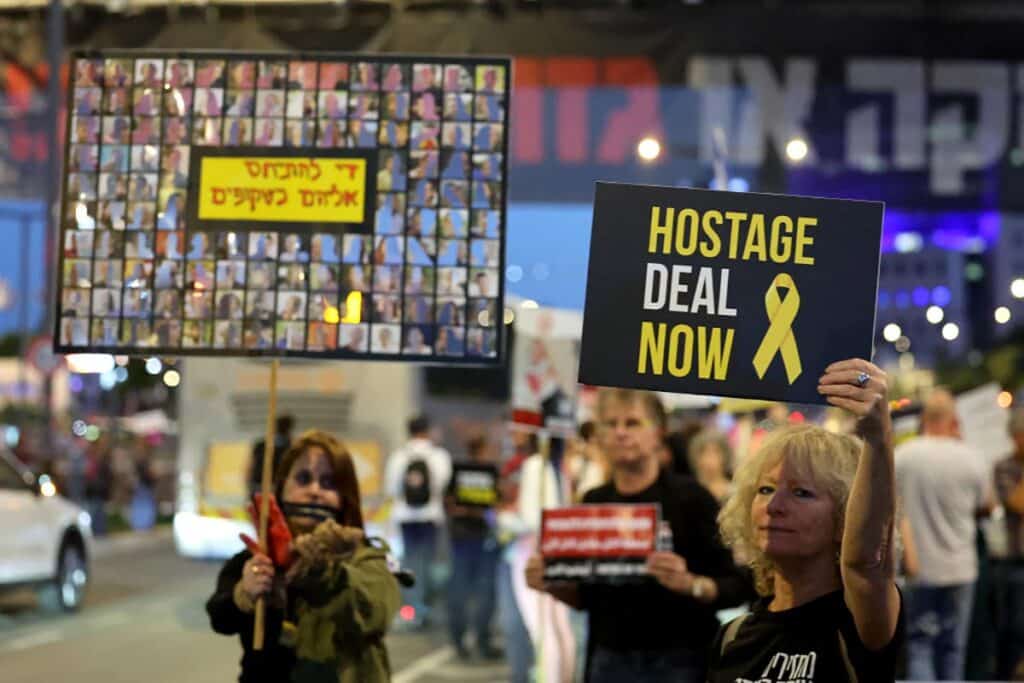
After weeks with little to no progress, Israel and Hamas may finally be nearing a deal that would release at least some of the 120 Israeli hostages still held by Hamas.
Talks collapsed back in mid-May when Hamas claimed it had agreed to a ceasefire deal proposed by Israel. That proposal was reportedly changed by Egypt before it was presented to Hamas to include conditions Israel hadn’t agreed to.
Since then, efforts to restart talks have failed, but on Wednesday, reports emerged that Hamas was now more willing to compromise.

Israeli sources reported that a deal could be reached within a matter of weeks and Defense Minister Yoav Gallant even told the families of hostages that “we are closer than ever” to a deal. A senior official in the Biden administration told reporters that Hamas had made a “pretty significant adjustment” to its demands.
As chances grow for a deal between Israel and Hamas, the details of the proposed ceasefire and hostage exchange are beginning to take shape. Let’s break down what each phase of the agreement might entail.
What would the hostage and ceasefire deal look like?
In the first phase of the deal — which would last at least six weeks — female, elderly, and wounded hostages would be released in exchange for hundreds of Palestinian prisoners held in Israel. Israel would also withdraw from populated areas in Gaza.
During this period, Israel and Hamas would negotiate the details of the second stage of the deal, which would include an end to the war and the release of the remaining hostages. The third phase would involve the reconstruction of Gaza, setting up governance in Gaza, and an eventual Palestinian state.
This version of the deal more or less aligns with a proposal U.S. President Joe Biden announced in late May. A week ago, Israeli Prime Minister Benjamin Netanyahu said he was committed to Biden’s proposal.
A deal may be closer, but there’s still work to be done
Even with the rising optimism, there are still major hurdles that need to be overcome for these proposals to become a reality.
Up until now, Hamas has demanded that Israel commit to ending the war before any deal is reached.
On Wednesday, Hamas dropped that demand but replaced it with another: that Israel commit to “indefinitely long” negotiations to end the war during the initial stage of what would eventually be the three-phase agreement.
Hamas also wants written guarantees from mediators that Israel will actually negotiate a permanent ceasefire deal.
Israel is opposed to Hamas’ stipulation, and is demanding that a deadline be set so Hamas can’t use that time to regroup.
Hamas reiterated on Friday that it’s absolutely opposed to proposals that station foreign forces, such as those from Egypt or the United Arab Emirates, in Gaza after the war.
On Friday, Mossad Chief David Barnea met with U.S., Egyptian, and Qatari mediators in Qatar to discuss the new proposal and to express Israel’s reservations about the terrorist organization’s demands.
Another Israeli delegation is set to head to Qatar this week to continue the negotiations. Mossad officials reportedly told mediators that they’re optimistic the Israeli cabinet will accept the new proposal.
In the meantime, Hamas reportedly told Hezbollah that it had agreed to a proposal for a deal.
A source knowledgeable about the talks told Israel’s public broadcaster KAN on Saturday that “even if there is a deal — it will take several more weeks. There is positive progress, but there are still issues that need to be resolved.”
Israeli government and public remain divided on the deal

The news of a possible deal sparked outrage among Israel’s far right. On Thursday, National Security Minister Itamar Ben-Gvir, who has been consistently opposed to ceasefire agreements, threatened to topple the government if a deal is reached.
MK Benny Gantz, who recently left the wartime cabinet due to disagreements with Netanyahu, assured the prime minister that he would back the government in order to pass a “responsible” ceasefire deal.
A poll published by Israel’s Channel 12 on Friday found that 67% of Israelis believe the country’s main objective should be returning the remaining hostages. Only 26% said the goal should be continuing the war in Gaza.
On Thursday, a separate poll by Israel’s Channel 14 found that 53% of the public supports the continuation of the war in Gaza, while 34% support a ceasefire deal.
The last hostage release deal was reached in November and resulted in 105 hostages and 240 Palestinian prisoners being released during a week-long pause in the fighting.
Originally Published Jul 8, 2024 11:28AM EDT


